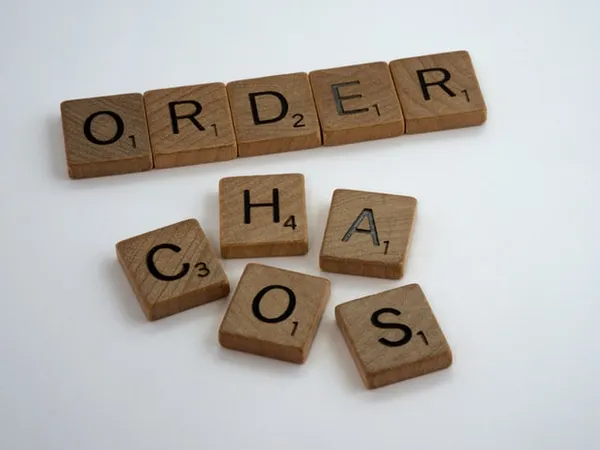Anxiety and Depression
This blog post is associated with episode ten of the podcast with Ashley Greensmyth, RCC, about anxiety and depression.
Anxiety and depression have been surging over the past decade and have been even more prominent as a result of the pandemic. The Anxiety and Depression Association of America lists a number of statistics indicating that anxiety and depression symptoms and disorders will continue to increase as a result of the surge of social media. Some statistics include:
It’s clear that mental health challenges are becoming more prevalent and having access to support may not be available for everyone. Some barriers might be feeling uncomfortable with the experiences and suppressing them as a result of your upbringing or culture or not knowing where to begin. I hope to provide some helpful and pragmatic tools that you can access (thanks Ashley for sharing some of those in the episode).

An important tool that many clinicians use is the DSM, or the diagnostic and statistical manual of mental disorders, which is an authoritative guide that contains descriptions, symptoms, and criteria to diagnose mental disorders. As mentioned in a previous episode, only medical doctors and psychologists are trained to diagnose mental health disorders though only medical doctors can prescribe medication.
Depression, or major depressive disorder, impacts how you feel, think, and act by causing feelings of sadness or a loss of interest in activities. It affects 1 in 15 people and can be caused by differences in brain chemicals, genetics, personality, and environmental factors. While a major generalization for depression is feeling sad, people who experience symptoms or are suffering from depression might see a change in appetite, have trouble sleeping or sleeping too much, increased fatigue, and increase in mindless activities.
While having occasional anxiety is normal because you might be nervous about a situation or something is on your mind, people with anxiety disorders will have frequent, intense, and persistent worries and fears about everyday situations. Examples of anxiety disorders include generalized anxiety disorder, obsessive-compulsive disorder (or OCD), and social anxiety disorder. Symptoms include avoiding places, feeling restless, having trouble concentrating on anything other than the worry, or experiencing GI problems.

Mental health can be tricky to conceptualize and you might find that certain symptoms relate to you. On the other hand, some symptoms may not relate to you at all and you might think to yourself, “Oh, I’m not depressed.” Self-diagnosing can be dangerous (I’m guilty of consulting Dr. Google) because it doesn’t provide us with appropriate treatment options or coping mechanisms. However, not everyone is comfortable seeking out support or even considering going to a physician about a mental health disorder. You might think that you don’t meet enough of the criteria and you don’t give yourself the support that you need. But that’s not true. We all deserve support no matter what our tolerance level is, how severe our depression or anxiety is, or even if it’s a fleeting moment of struggle. Regardless of what you might be going through, you deserve to feel supported.

What is something in your back pocket to cope with a stressful or anxiety-inducing moment? Having that prepared can help you work through the moment, especially when you’re on autopilot.